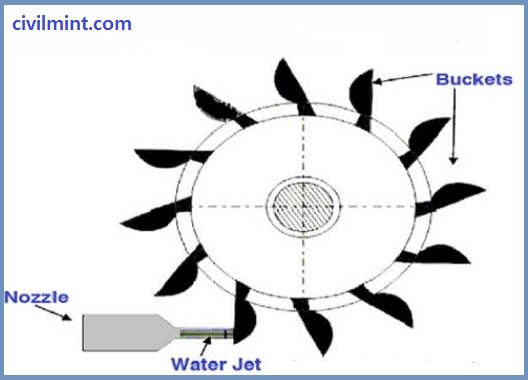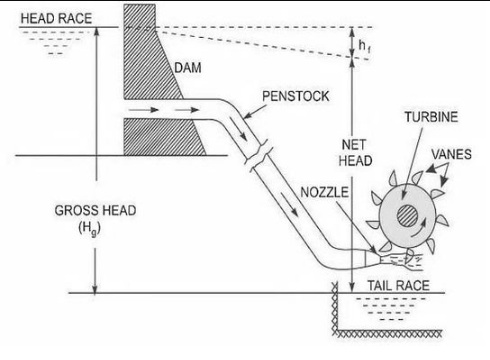The turbine wherein the water jet hits the wheel tangentially is referred to as the Pelton wheel turbine. In simple words, the water from the Pelton wheel hits the wheel or impeller tangentially. American developer Lester Allan Pelton invented the Pelton wheel turbine withinside the 1870s.
Pelton wheel turbines are ideal turbines for low water flow and high head (pressure) applications. This turbine has a large impeller or wheel with multiple blades to absorb underwater energy. The knives are used in pairs to balance the wheels and work efficiently and accurately.
This turbine has atmospheric pressure in the suction and discharge areas. At the entrance to the turbine is a movable spear ray. Pelton turbines are used to generate electrical energy in hydroelectric power plants.

Most liquids and water are almost incompressible, and almost all of the available energy is harvested in the early stages of the turbine. In contrast to gas turbines that operate on compressible liquids (such as gas), Pelton turbines have only one turbine stage. Therefore, it extracts all the energy from the water in the early stages.
How Does Pelton Wheel Turbine Work?

During the operation of the Pelton wheel turbine, the water from the excessive heat transfers into the nozzle of the turbine through a stress pipe (penstock). As the water reaches withinside the nozzle, the nozzle converts the capability power of the water into kinetic power and improves the water’s kinetic power.
After this, the nozzle courses the water closer to the impeller withinside the form of a jet. The waft of the water jet is tangent to the path of the impeller or wheel. As the nozzle directs an effective water jet closer to the impeller blades, the water jet hits the blades.
The impeller starts revolving at an immoderate pace, and the quantity of water that hits the blade is adjusted with the assistance of the spear at the nozzle. When the water jet hits the blades of a Pelton turbine, the water exerts stress on the blades, decreasing their kinetic power.
Due to the round layout of the impeller blade, the water jet turns and “rotates” and falls into the floodway. During this process, water momentum shifts to the Pelton turbine. This “momentum” acts on the turbine. For most performance and performance, this turbine device is designed in order that the waterjet pace is two times the impeller blade pace.
Finally, a generator is hooked up to the impeller shaft to transform the impeller’s mechanical power (rotational power) into electric power.
Thanks for reading my article on Pelton Wheel Turbine. If you have any thoughts, hit the comment box.
Thanks!
Happy Learning!
Ta! Da!
